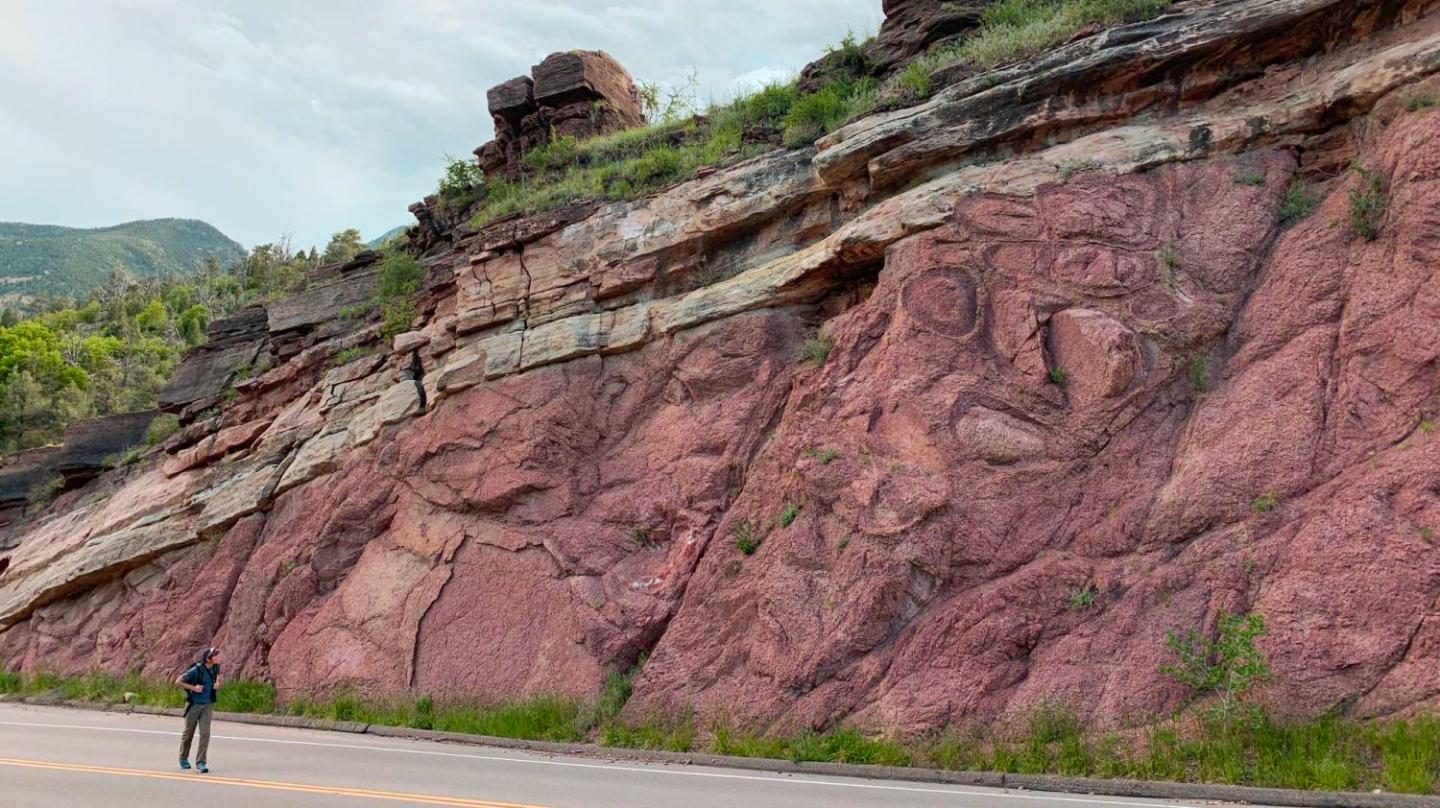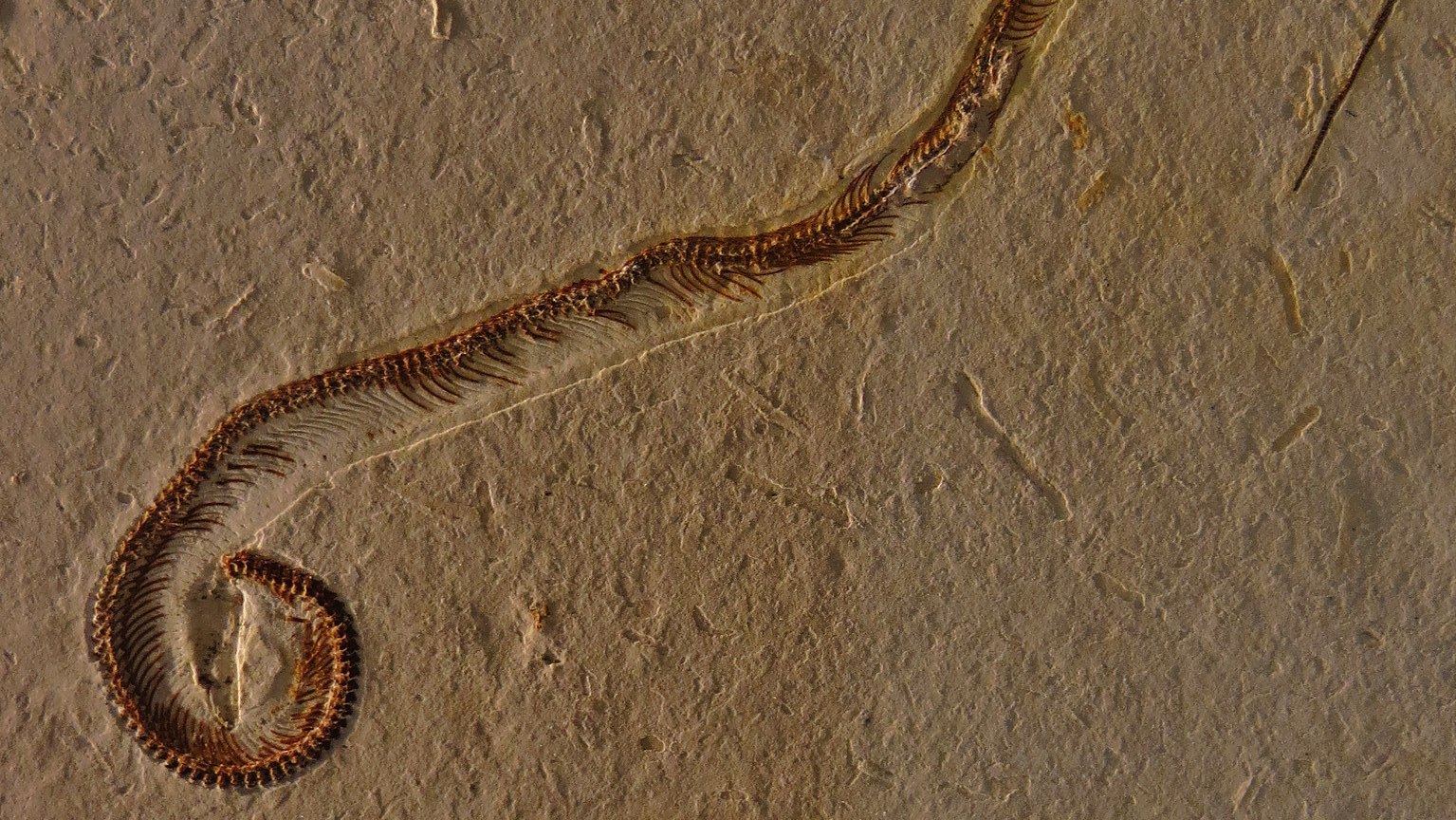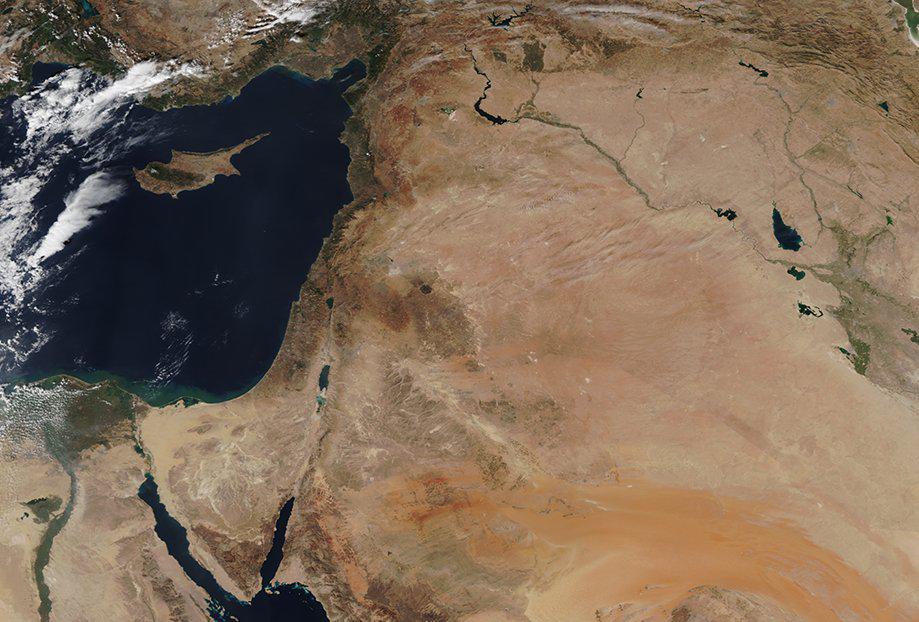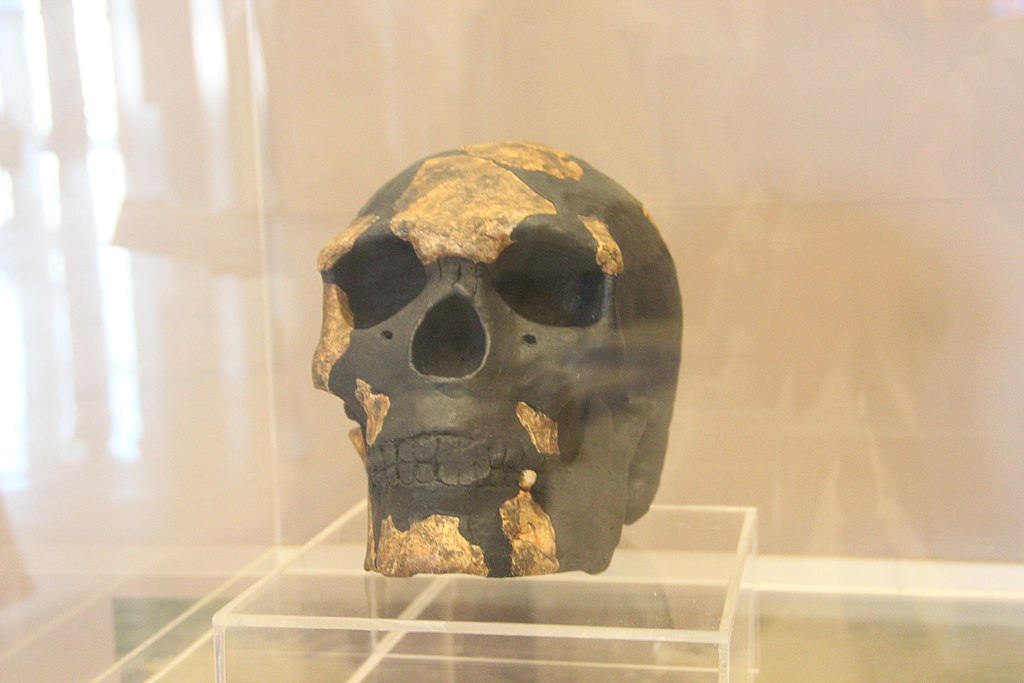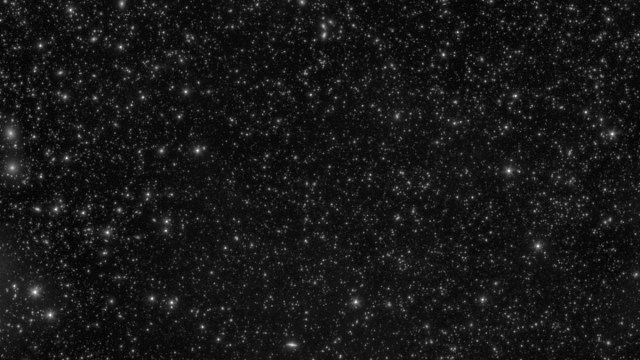New dating method shatters our understanding of human evolution
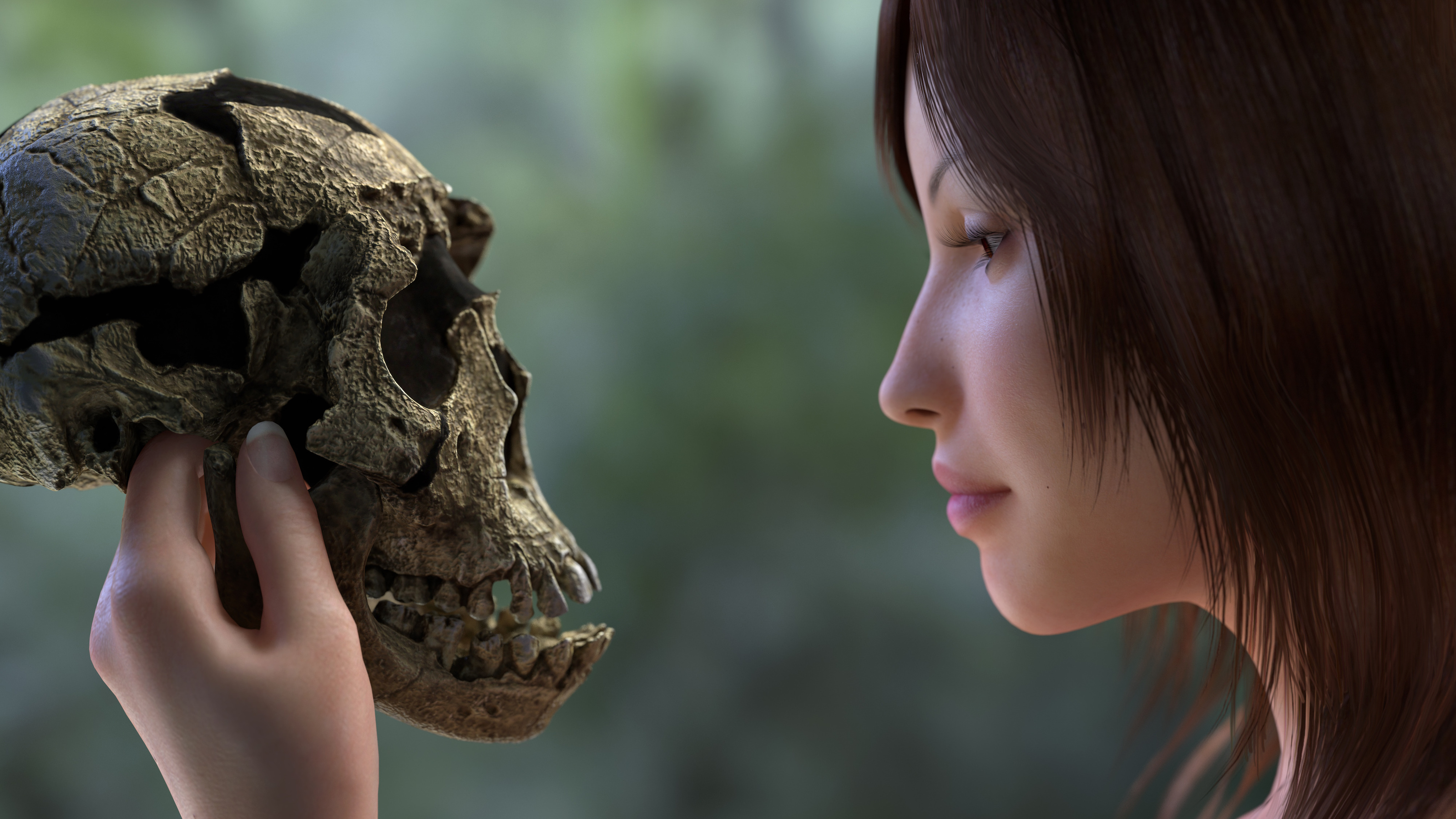
- The Sterkfontein caves in South Africa are home to hundreds of fossils of early hominins in the genus Australopithecus. Original age estimates of these fossils suggested that they were no more than 2.4 million years old — younger than our genus, Homo.
- Researchers used a new, more accurate technique to redate the fossils and made an important discovery: The fossils were much older than previously thought. They were deposited between 3.4 million and 3.7 million years ago.
- The finding challenges our understanding of human evolution, including the consensus that we evolved in East Africa.
Hominins link the great apes with modern humans on the evolutionary tree. Ancestral hominins mark a crucial transition in the story of human evolution, and they have fascinated paleoanthropologists for decades.
In 1936, South African doctor and paleontologist Robert Broom made a historic discovery in the Sterkfontein caves in South Africa. Broom discovered the first adult specimen of the genus Australopithecus, a group of early hominins from which our own genus, Homo, emerged.
Since 1936, the Sterkfontein caves have become ground zero for Australopithecus research and fossil finds. The complex cave system runs 60 meters deep, and it has revealed hundreds of Australopithecus fossils within its sediment. From these rocks emerged notable discoveries, such as the nearly complete skeletons of specimens dubbed “Little Foot” and “Mrs. Ples.”
Age is just a method
The cave features six areas, or members: Members 1 to 3 lie underground, while Members 4 to 6 are exposed to the air because of erosion in the cave roof. Most Australopithecus fossils are in Member 4. The Sterkfontein caves are one part of a World Heritage Site with a telling name — the Cradle of Humankind.
The complex cave system still houses many secrets, but the discoveries already made retain mysteries of their own. Among the most debated issues is the age of the fossils found in Member 4. Researchers have estimated the age of Australopithecus in the lower Member 2 section at 3.7 million years, which jars with the estimated age of the fossils found higher in the cave. Researchers originally estimated the fossils in Member 4 to be between 2 million and 2.4 million years old. The geological peculiarities of the cave challenge traditional methods of aging fossils, casting further doubt on the accuracy of these estimations.
Purdue University’s Darryl Granger is among the researchers who questioned the age of the Member 4 Australopithecus. Recently, Granger and a team of scientists from France and South Africa endeavored to redate the famous fossils using a new method. They published their results in the Proceedings of the National Academy of Sciences.
The team discovered that scientists were right to doubt the original findings. The Australopithecus fossils in the Member 4 cave sediments date from 3.4 million to 3.7 million years ago, making them about a million years older than initially thought. With the famous fossils finally placed in the correct timeline, scientists can better picture the lives of these early hominins, including the environmental conditions in which they lived. The findings also increase the geographic range and diversity of our earliest ancestors, reigniting debates surrounding the story and timeline of human evolution.
Dating fossils in cave sediments
Accurately dating fossils in caves is hard. Unlike surface rock, cave sediments do not accumulate in neat layers. Large rocks, animal fossils, and debris from various time frames can fall into the cave, confusing paleontologists. Also, water can trickle down long after the cave was formed to create younger flowstone deposits within older sediment.
Experts dated calcite flowstone deposits in the cave to make the original age estimates for Member 4 Australopithecus fossils. However, Granger and his colleagues point out that several lines of evidence show this flowstone could be younger than the cave sediment itself — including the rock in which Australopithecus was deposited.
The team carefully analyzed geological features in Member 4 to conclude that the flowstone is much younger than the surrounding rock that contains the fossils. The authors contend that the dating of flowstone using standard uranium isotope methods is correct, but that the estimated deposition dates are accurate for the flowstone, not for the fossils.
Cosmic intervention
The best dating methods examine the rocks in which fossils are found, called breccia. To date the fossils, Granger transported the breccia back to his lab, the Purdue Rare Isotope Measurement Laboratory, or PRIME Lab, where he and colleagues developed a new technique to determine fossil age by using so-called cosmogenic nuclides. These nuclides are isotopes created by cosmic rays — energetic particles that can originate from the sun, from outside of the solar system, and even from other galaxies. These rays cause reactions within rocks that create specific types of radioactive atoms with different numbers of neutrons from the element’s stable form. However, rocks underground are safe from these intergalactic particles. Researchers can therefore use the decay of aluminum-26 and beryllium-10, isotopes formed by cosmic ray exposure, to date when the rocks, and the fossils they contain, were buried in the cave.
Combining their isotope results with an extensive geological survey of the area, the researchers concluded that the fossils are between 3.4 million and 3.7 million years old — at least a million years older than the original estimate of 2 million to 2.4 million years. This estimate makes the Member 4 Australopithecus the wise elders of the most well-known Australopithecus, “Dinkinesh” (also known as “Lucy”), which experts date as 3.2 million years old. The results also are consistent with the ages of the older specimens found in the lower reaches of the cave. With the discrepancy corrected, we now know that the entire Australopithecus assemblage at the South African site dates to between 3.4 million and 3.7 million years old.
A challenge to the human evolution consensus
The astonishing results have researchers scrambling to fit the age of the early hominins with our current understanding of human evolution. For example, because members of our genus, Homo, appeared somewhere between 2 million and 2.8 million years ago, the original South African Australopithecus fossils had been thought too young to be their ancestors. So, researchers naturally assumed that Homo evolved in East Africa, where we found older fossils such as Lucy.
These findings challenge East Africa’s recognition as the first location humans evolved. South Africa is suddenly a contender for the most likely area of early human evolution — genuinely living up to the moniker Cradle of Humanity.
